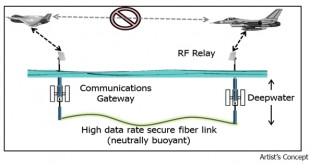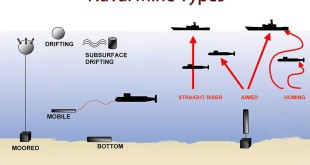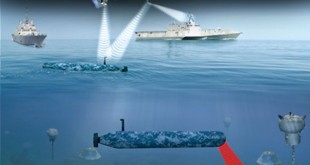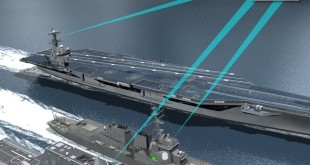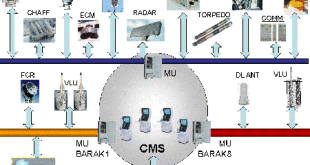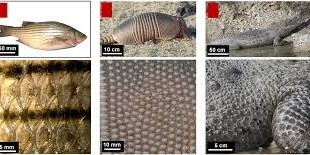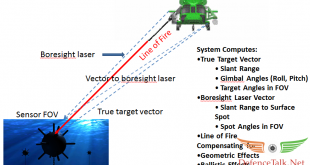The capability of Russia and China to disrupt American military wireless and satellite communications using electronic warfare has been rising. This is athreat to US Navy operations that require connectivity among a diverse set of platforms, including submarines, surface ships, aircraft, and shore sites. The links among these platforms support …
Read More »US Navy seeking new technologies for Gun-launched guided projectile (GLGP) or Hypervelocity projectile (HVP)
Gun-launched guided projectile (GLGP), previously known as the hypervelocity projectile (HVP) is the new weapon of US Navy that could improve the ability of Navy surface ships to defend themselves against missiles, unmanned aerial vehicles (UAVs), and surface craft. As the Navy was developing EMRG, it realized that the …
Read More »Rising threat of Mine Warfare with development of stealthy, smart, maneuverable and networked sea mines
Traditional navies as well as maritime terrorists can and have used mines and underwater improvised explosive devices (UWIEDs) to challenge military and commercial uses of the seas. Mines have been utilized in defensive capabilities, such as denying access into a region, and offensive capacities, such as denying egress out of …
Read More »DARPA Angler project seeking autonomous deep-diving unmanned underwater vehicle (UUV) for surveying and combat missions
Deep sea reach is important to Navies which can collect the information about enemy submarines as well as carry out their own operations undetected. China continues to make progress in deep sea exploration following the three-month mission of a new underwater glider in the South China Sea, which experts said …
Read More »US Navy’s SEWIP program continuously upgrading its shipboard electronic warfare system to keep pace with threats
Naval Warships now faces wide spectrum of threats from air threats such as hypersonic missiles, ballistic and cruise missiles, rail guns, lasers , UAVs and underwater threats like cavitating torpedoes. One of the prime over water threat is from Anti-Ship Missiles type of guided missiles mostly of the sea skimming …
Read More »Gas turbines favorite propulsion for Warships, China makes turbine blade breakthrough for Type 055 guided-missile destroyers
Marine propulsion is the mechanism or system used to generate thrust to move a ship or boat across water. While paddles and sails are still used on some smaller boats, most modern ships are propelled by mechanical systems consisting of an electric motor or engine turning a propeller, or less …
Read More »Naval Combat and Combat Management Systems (NCMS) being upgraded to handle new maritime security threats
Recent years have seen multiple new security challenges emerge in the maritime arena. Navies, coast guards and other maritime security agencies face a proliferation of security challenges. These include: illegal fishing of territorial waters; incursion of mineral exploitation across legal boundaries; maritime terrorism; narcotics smuggling; pollution as a result of …
Read More »US Navy biologists creating GM bacteria capable of detecting enemy ships and submarines.
US Naval Research Laboratory (Naval Research Laboratory, NRL) has allocated $ 45 million for the implementation of a program to study the prospects for the use of genetic engineering for the navy. Part of the program was the development of genetically modified microorganisms capable of detecting the presence of enemy ships, …
Read More »Researchers looking to fishes for designing biomimetic systems for flexible Armor, faster aircraft and camouflaging skin
It was in the oceans that life first evolved and where complex animals have thrived for over 600 million years. Marine animals survive in environments as diverse as tropical coral reefs, polar ice-capped oceans, and the lightless abyssal depths, says Frank E. Fish from West Chester University and Donna M. …
Read More »Countries developing Underwater LIDAR imaging systems for rapid wide-area anti-mine and anti-submarine operations
Currently, the most widely used technology to detect underwater objects is sound navigation and ranging (SONAR), because acoustic waves can penetrate the water depths to the bottom of the sea. SONAR also suffers from unwanted multipass echoes that are due to reflections from the surrounding terrain. Thus, high-resolution underwater imaging …
Read More » International Defense Security & Technology Your trusted Source for News, Research and Analysis
International Defense Security & Technology Your trusted Source for News, Research and Analysis
